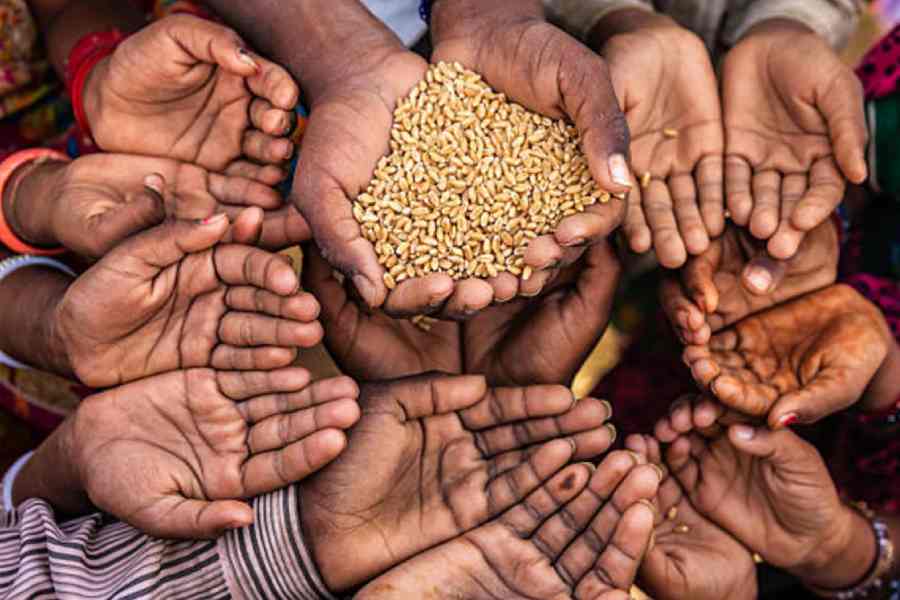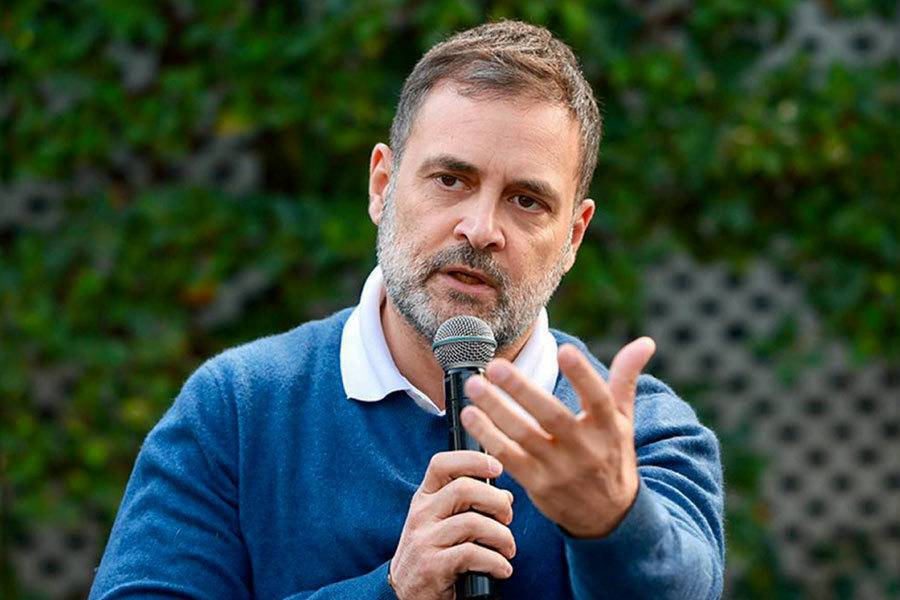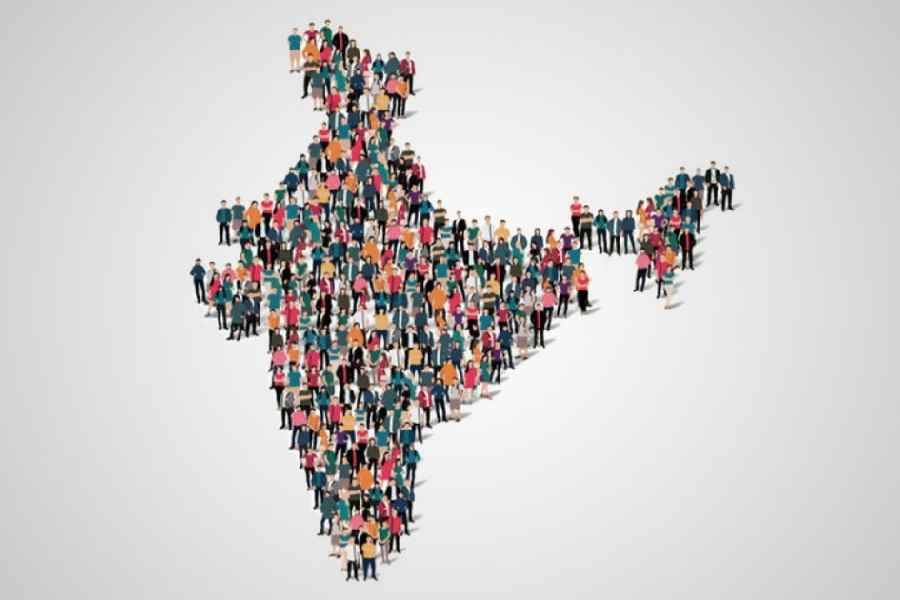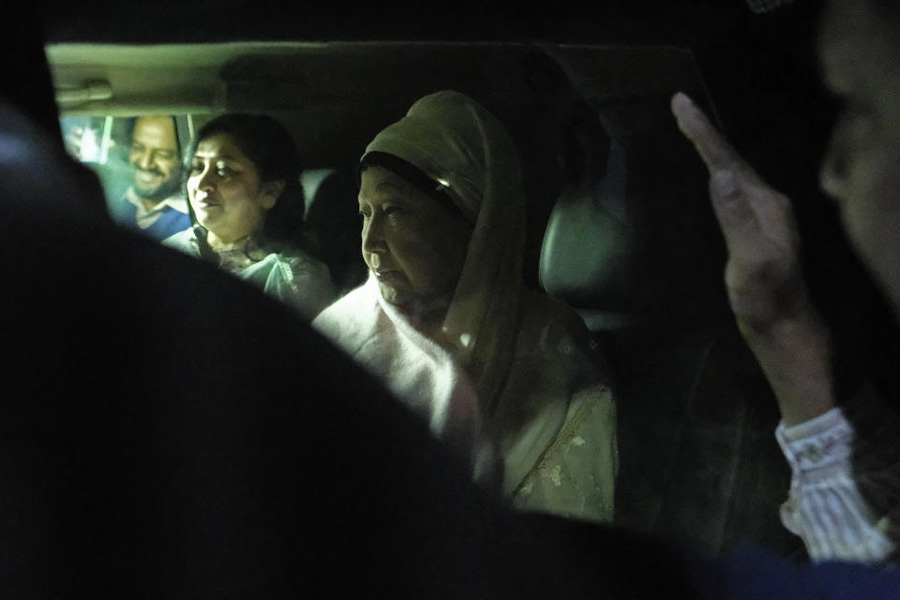The subsidy bill of the Modi government in the past decade has more than doubled to Rs 5.7 lakh crore in 2022-23 from Rs 2.5 lakh crore in 2014-15, with food and fertiliser subsidies garnering a substantial chunk of the pie.
The extension of free foodgrains for another five years, economists said, could further balloon the subsidy bill.
The focus area has also shifted in the past decade: in 2013-14, fertiliser (26.4 per cent), food (36.1 per cent) and petroleum (33.5 per cent) were the three most important subsidies and accounted for 96 per cent of the total bill.
By 2022-23, food (47.7 per cent) and fertiliser (44 per cent) subsidies are dominant, while the share of petroleum has dwindled to 1.2 per cent.
With those prices linked to market rates, oil marketing companies (OMCs) are less dependent on government subsidies.
“Major changes in pattern are visible over the past 10 years with food and fertiliser subsidies gaining more importance and petroleum subsidies being phased out. Within fertilisers too, a shift towards nutrient-based subsidies is visible. With the PMGKAY scheme extended for another five years, we expect the food subsidy bill and overall subsidy bill to breach the projected target marginally in FY24,” Sonal Badhan, Economist, Bank of Baroda, said.
Food subsidies over the 10 years of 2013-14 to 2022-23 have seen 11.5 per cent CAGR (compound annual growth rate) to Rs 2.7 lakh crore by 2022-23 from Rs 92,000 crore in 2013-14.
Following the implementation of the National Food Security Act (NFSA), in 2013, food subsidies saw an average of 18 per cent growth between 2013-14 and 2015-16.
The subsidy bill saw some rationalisation and it came down by 10 per cent on average between 2016-17 and 2018-19.
However, as the Covid-19 pandemic struck, the government announced PM-Garib Kalyan Ann Yojna (PMGKAY), which benefitted around 80 crore individuals and pushed food subsidy bill from Rs 1 lakh crore in 2018-19 to Rs 1.1 lakh crore in 2019-20 and Rs 5.4 lakh crore in 2020-21.
Until the end of 2022, beneficiaries received free food grain under PMGKAY and also received subsidised ration under NFSA. To streamline the disbursements, both schemes were merged.
As a result, the subsidy bill was brought down to Rs 2.9 lakh crore by 2021-22 and Rs 2.7 lakh crore by 2022-23. In 2023-24, the subsidy is targeted at Rs 2 lakh crore.
There might be a marginal slippage in the target as the government has recently announced that the free food grains scheme will be extended for another five years, the economist said.
While efficient expenditure management and buoyancy in tax revenues could avert stress on finances in the current fiscal, the food subsidy scheme is expected to build fiscal pressure in the coming years, when the procurement cost or minimum support price of grains rises, causing the subsidy bill to balloon.











